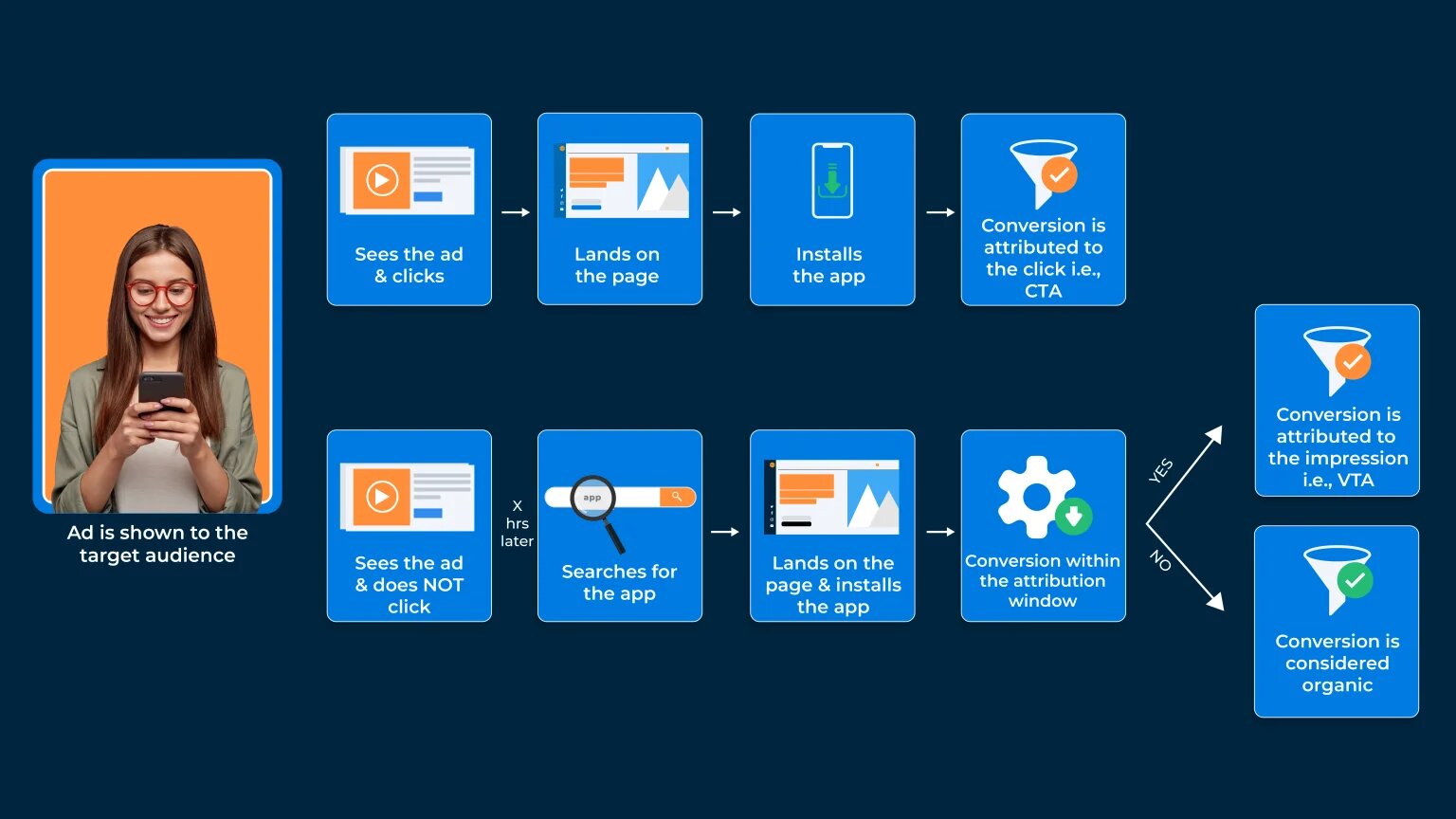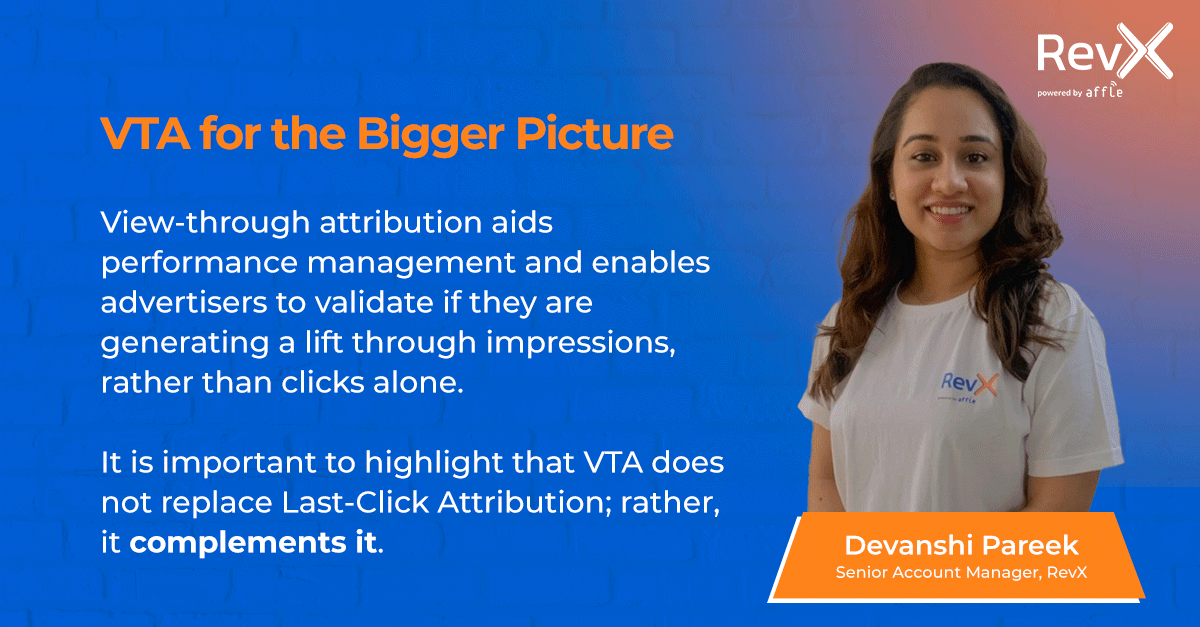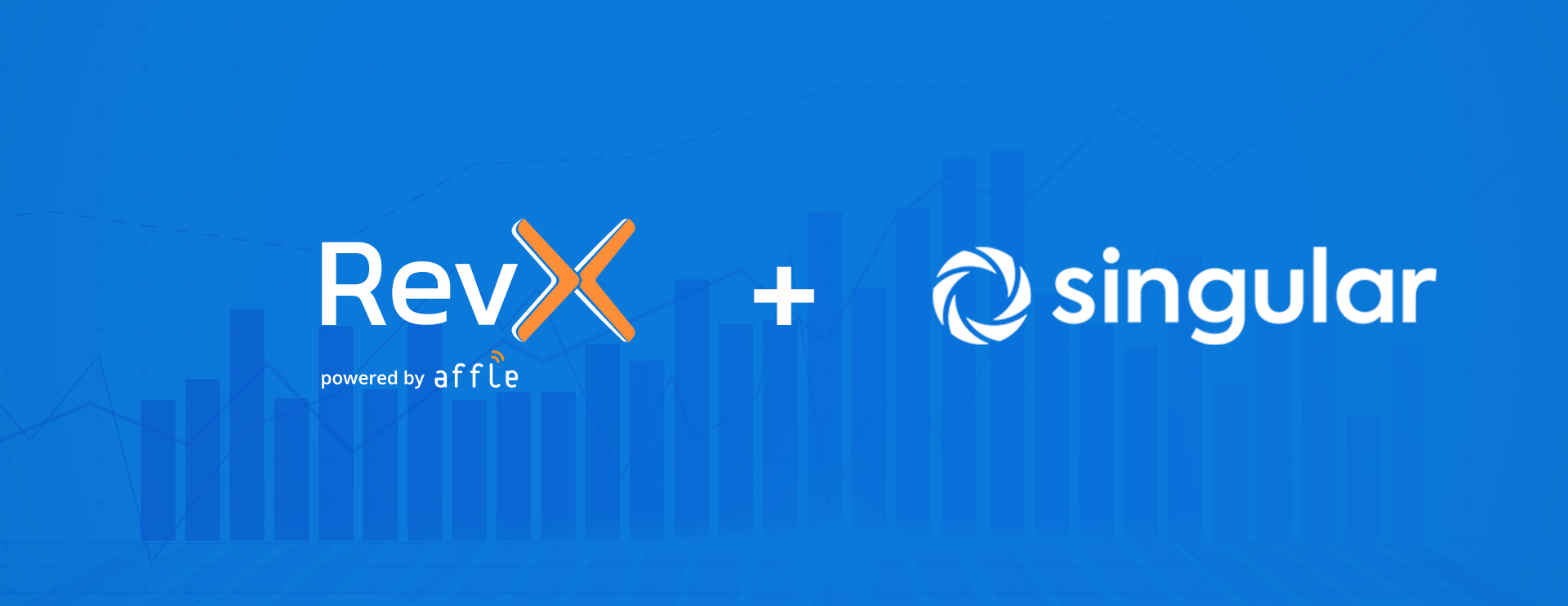In the world of programmatic advertising, understanding the nuances of attribution models is crucial. The two most popular attribution models are view-through attribution (VTA) and click-through attribution (CTA). Each offers a different approach to attributing an advertising campaign. In this FAQ blog, we will explore the concept of VTA and its significance for ad campaigns, specifically in the programmatic ad space.
What is view-through attribution (VTA)?
VTA allows advertisers to attribute installs or actions from mobile advertising campaigns based on impressions. It tracks the views on an advertisement across platforms and compares them to the number of installs or actions received within its attribution window, which varies from one hour to seven days, depending on the industry or market.

You can use the VTA model to measure the performance of different ad formats, including video and banner ads. VTA recognizes that ad views can influence a user’s behavior, even if there is no immediate click. By attributing conversions to those impressions, VTA aids advertisers assess the value of impression-based ad campaigns.
How does view-through attribution work?
VTA works by setting a pre-defined attribution window for a campaign, during which conversions or actions can be attributed to specific impressions. The attribution window can vary from one hour to seven days, with 24 hours being the standard. This means that any action taken within 24 hours after a user views an ad is credited to that specific impression.
The length of the attribution window varies across markets and industries. In mature markets such as the US and Singapore, longer attribution windows are common. While in growing markets like India, the attribution window is smaller like 24 hours. Furthermore, industries such as e-commerce, finance, and OTT tend to have longer attribution windows, indicating that users in these markets and industries often require more time before taking the desired action.
Conversely, fitness and gaming apps usually operate with attribution windows closer to 24 hours. Advertisers must be mindful of these variations to align their expectations and optimize their campaigns accordingly.
Why is it important to enable view-through attribution?
Enabling VTA captures the true impact of your programmatic ad campaigns and helps monitor channel effectiveness. It provides insights into the influence of ad views on user behavior, allowing you to optimize your user acquisition strategies.
By measuring the impact of impressions, you gain a holistic view of the user journey and can make data-driven decisions to improve campaign performance. This enables you to reallocate your budget towards more successful avenues, effectively targeting the right users and driving desired actions.
A study conducted by Comscore supports the idea that focusing solely on click-through rates to measure the effectiveness of display ads is not accurate. It reveals that the number of times an ad is seen (viewable impressions) has a stronger correlation (0.35) with conversions compared to clicks (0.01). This finding highlights the importance of considering viewable impressions or VTA as a more accurate measure of ad effectiveness and overall campaign success.
What should you keep in mind when using the view-through attribution model?
View-Through Attribution is not without its limitations. Firstly, if the attribution window is set too generously, VTA can inadvertently inflate the significance of impressions, potentially leading to misinterpretation of campaign effectiveness.
Secondly, VTA faces challenges due to the absence of a direct link between ad views and conversion. The lack of a clear relation between viewing an advertisement and installation means that VTA can only partially bridge the attribution gap.
Does view-through attribution affect organic conversions?
If we define an organic user as someone who has never viewed or been influenced by an ad, then VTA has no effect on organic users. This is because ad impressions, even if not clicked, have an influence on user behavior. The extent and duration of this influence may vary.
In VTA, events are attributed to ad impressions only for users who have been exposed to an ad impression and subsequently generate an event within the attribution window.
How does VTA differ from click-through attribution (CTA)?
Click-through attribution attributes conversions to the last clicked ad preceding a conversion event. On the other hand, VTA considers the influence of ad impressions, acknowledging that users may convert after being exposed to an ad without clicking on it.
CTA offers a simpler value to determine the cause and effect of an advertisement campaign. It eliminates the need to wait throughout the attribution window before attributing a conversion. However, it is not ideal for all situations.
It does not take into account the effect of all advertising channels on the decision-making process.
Consider this scenario: a user clicks on your ad and installs your e-commerce app after seeing your banner ad on a leading D2C app. However, the true trigger for the user’s awareness of your app was a video ad they viewed a day earlier while playing on their favorite gaming app.
This will lead you to believe that the video ads are not performing as well as banner ads, leading to over-investment in other ad formats instead of video ads. This example highlights the limitations of relying solely on CTA. CTA might cause advertisers to overlook the broader context.
How does VTA complement the CTA model?
VTA and CTA are complementary attribution models that provide unique insights into campaign effectiveness, especially in the case of video ads. While CTA focuses on the last clicked ad, VTA recognizes the role of ad views in driving conversions.
By using both models together, you gain a complete view of how different touchpoints contribute to user acquisition. Ultimately, this enables better campaign optimization and lets you maximize the impact of your marketing efforts.
According to a report by Appsflyer, combining VTA with CTA, advertisers can gain a more accurate understanding of the consumer journey, leading to benefits such as faster ad optimization and a more stable auction spend, particularly for video ads.
In closing, Devanshi Pareek, Senior Account Manager at RevX, offers the following insights about view-through attribution.




